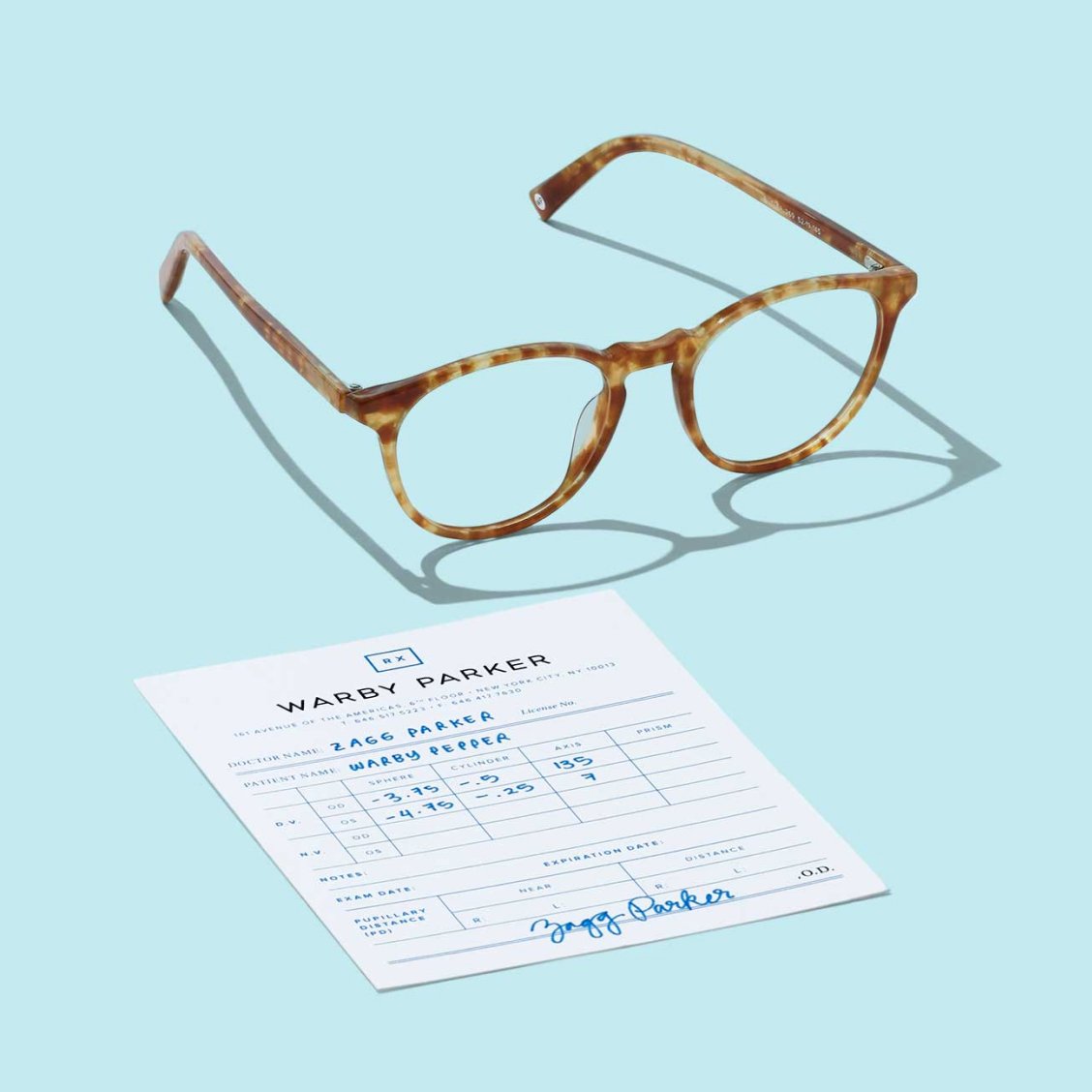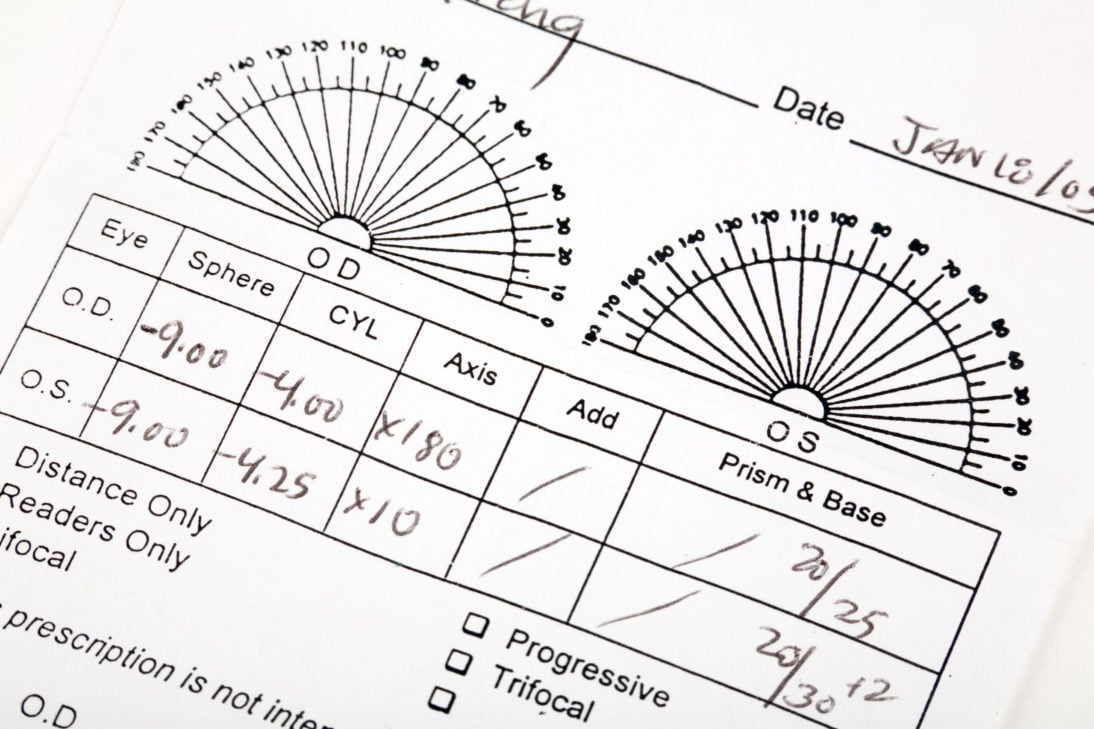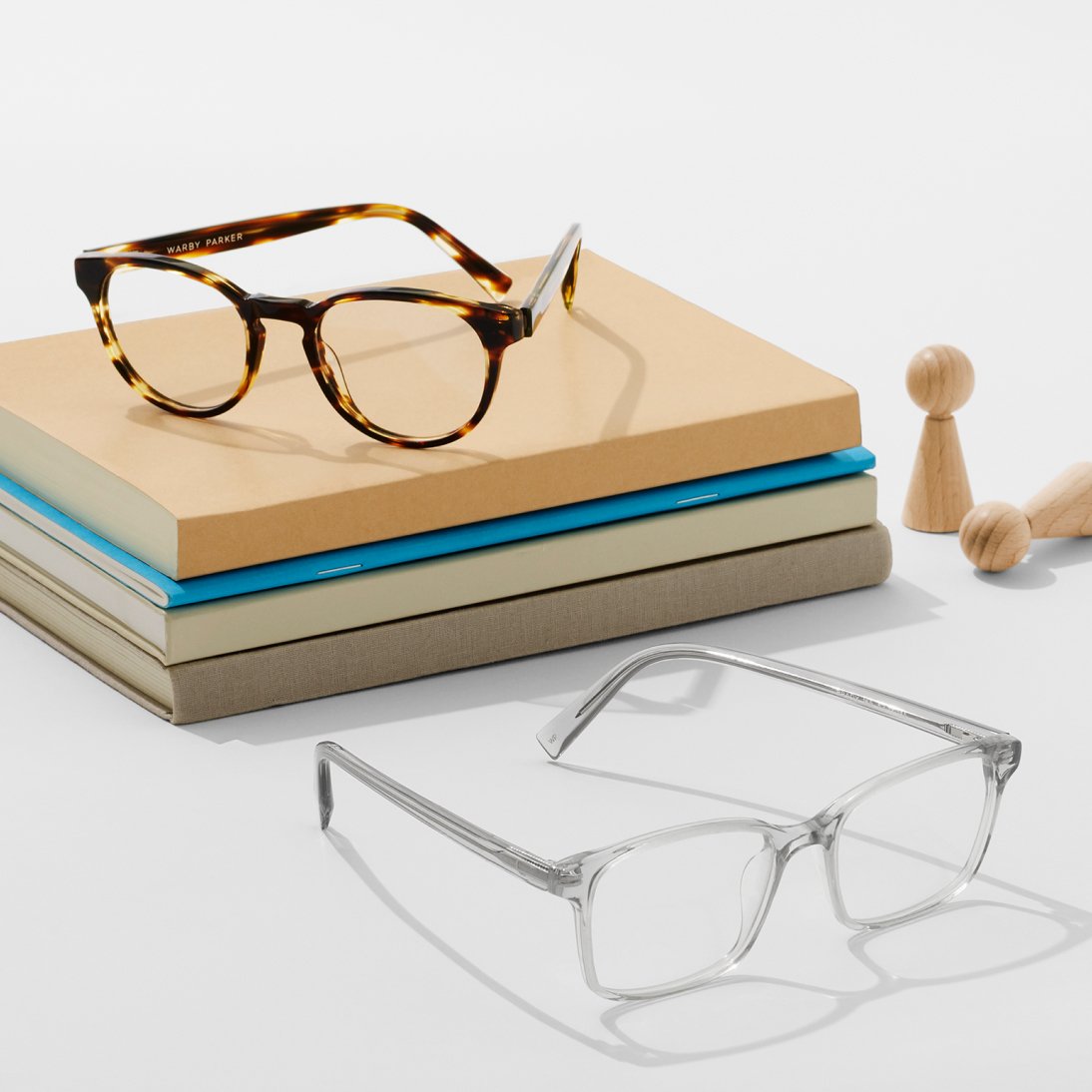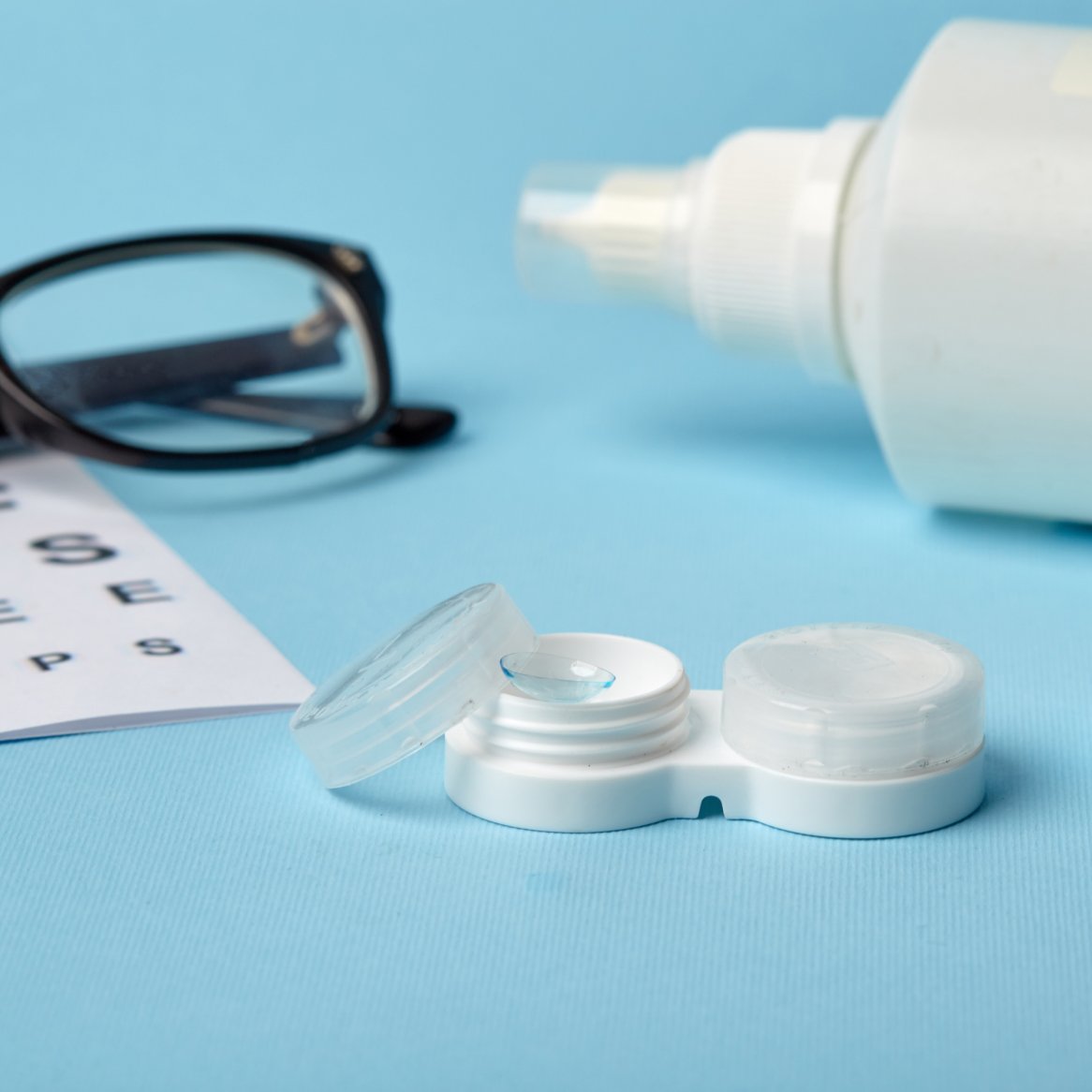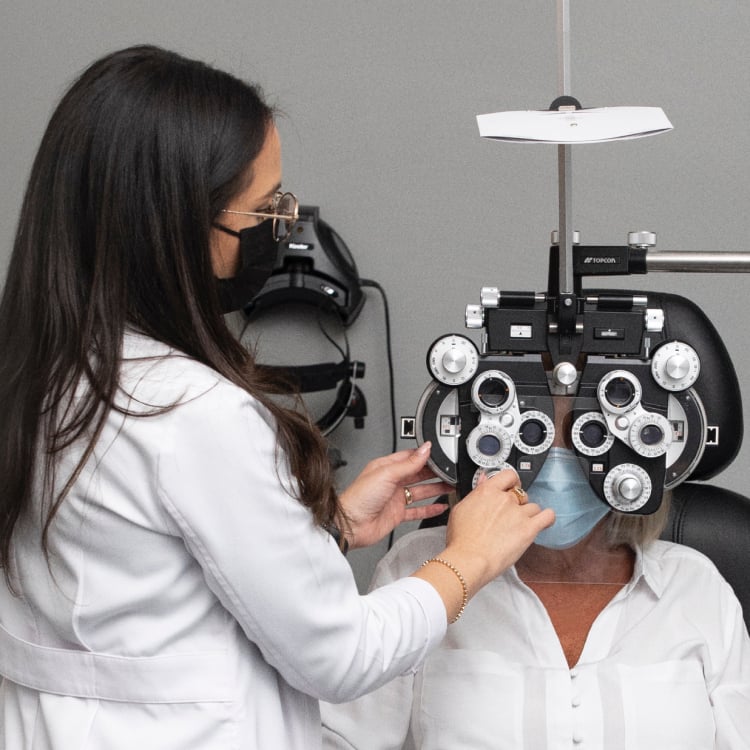OD and OS are abbreviations for Latin terms for the eyes—OD means “right eye,” and OS means “left eye.”
But that’s not the whole story! If you came here looking for the meaning of OD and OS, then odds are you’ve taken a look at your eye prescription and were a bit baffled by all the letters and numbers. Want to know what OD and OS stand for? Don’t worry—you’re not alone.
Read on for a closer look at the meaning behind common eye abbreviations. Or, check out our more detailed guide on how to read an eye prescription.
Which Eye Is OD vs. OS
First thing’s first—let’s get these eye abbreviations sorted and learn what they stand for.
OD
OD means “right eye.” OD is the traditional abbreviation used for the right eye because it’s short for oculus dexter, which means “right eye” in Latin. Sometimes, doctors will just use “RE” or “right” for the right eye.
OS
OS means “left eye.” OS is the traditional abbreviation for the left eye because it’s short for oculus sinister, which is “left eye” in Latin. Some doctors might just write “left” or use LE for “left eye.”
OU
Surprise! Here’s another eye abbreviation you might see on your prescription. OU is an abbreviation for oculus uterque, which is Latin for “both eyes.”
Glossary of Eyeglass Prescription Abbreviations and Terms
In addition to OD and OS, your eye prescription is bound to feature several other unfamiliar abbreviations. Here’s a handy list of all the commonly used terms that you might encounter when looking over the prescription for your eyeglasses.
SPH
SPH stands for “sphere.” This abbreviation is used if vision correction is needed for either nearsightedness or farsightedness—or both. The number shown by this abbreviation refers to the lens power you’ll need to correct it.
If the number with this term is negative (indicated with a – symbol), then you’re nearsighted; if the number with this term is positive (indicated with a + symbol), that means you’re farsighted. Some prescriptions may have both positive and negative numbers, meaning you need vision correction for both your near and far vision.
CYL
CYL stands for “cylinder,” and it indicates astigmatism. You’ll only see a number with CYL if you have an astigmatism to correct. CYL numbers can be positive or negative and refer to the lens power needed to correct the astigmatism. The larger the number, the greater the astigmatism.
Axis
“Axis” is measured in degrees and refers to where an astigmatism is found on the cornea of the eye. If you have an astigmatism, there will be numbers in both the CYL and AXIS columns of your prescription.
Add
“Add” refers to the magnifying power (if any) that is added to the bottom part of a multifocal or progressive lens, most commonly used to correct presbyopia.
BI, BO, BU, or BD
Your prescription may include a column for “prism” or “base.” These are used in your prescription if a correction is needed for eye misalignment. The base value for a prism correction will be either “in” or “out,” or “up” or “down.” You might see the abbreviations BI, BO, BU, or BD respectively. You will also see a corresponding prism power associated with the base value.
PD
PD is short for “pupillary distance,” and—you guessed it—it measures the distance between your eyes’ pupils. If your prescription doesn’t include this number, try using our online tool to measure your pupillary distance yourself.
Check out our informational article if you’d like to learn more about measuring pupillary distance.
OD and OS on a Vision Prescription
Vision prescriptions usually look like a table or chart, with OD and OS along the side for the rows, and the other terms across the top for the columns. It will look something like this.

